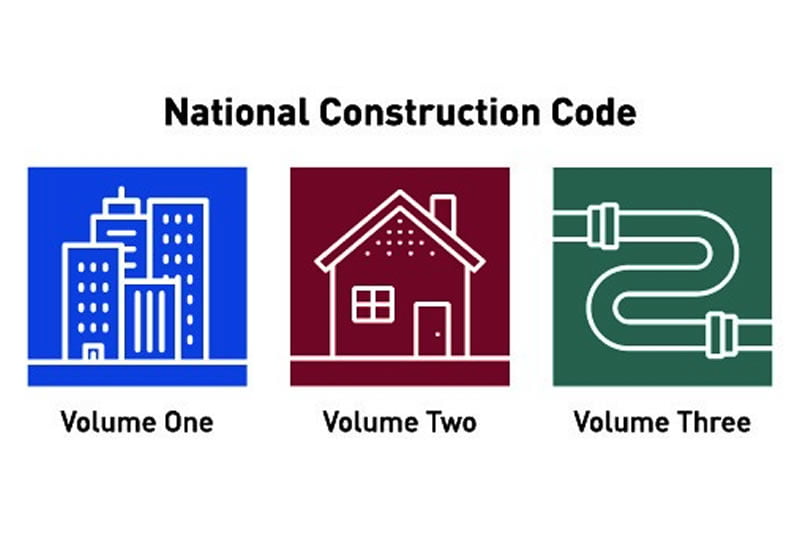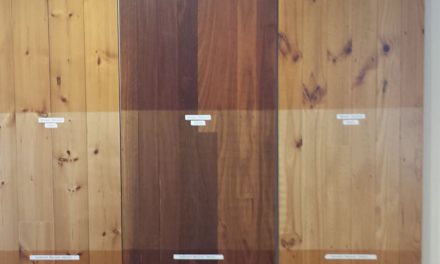Industry body is on track to increase timber opportunities under the National Construction Code.
Forest and Wood Products Australia (FWPA) has put forward proposals that will make it easier to use fire-protected timber in all buildings of up to eight storeys in height. The proposed changes contained in the draft 2019 National Construction Code (NCC) will see timber construction systems used in a range of commercial and industrial buildings including retail shops, carparks, storage warehouses, laboratories, hospitals and schools.
FWPA National Manager Codes & Standards, Boris Iskra, said that under the proposed changes, builders and developers wanting to use timber would no longer have to undertake time consuming and expensive ‘performance solutions’ to gain building approval, as long as their designs met the deemed-to-satisfy requirements.
Timber construction is cheaper, faster and greener: both in terms of carbon storage and resources and labour required in construction.
According to FWPA, the proposal has achieved the support of the Australian Building Codes Board’s technical committee – which includes a broad range of representative industry groups such as the fire services, architects, builders, building surveyors, building designers, engineers as well as state planning and building authorities – with extensive modelling to demonstrate timber construction systems can meet the required building and fire safety standards.
Timber construction systems permitted under the Code would include both traditional ‘stick’ framing and newer ‘massive’ timber building systems utilising glue-laminated timber, laminated veneer lumber (LVL) as well as cross-laminated timber products, used in buildings such as Library at the Dock in Melbourne and International House in Sydney.
“At FWPA, we do everything we can to remove unnecessary restrictions on the use of timber,” said Iskra. “In 2016, we were successful with introducing similar changes for apartments, hotels and offices – and now we’re on the brink of extending that to other types of buildings.
“We’re proud to have successfully made the case to the authorities that timber can meet the required standards, and would urge the timber industry and progressive builders and developers to make submissions supporting the proposed changes to the Code – it’s a great opportunity.”
Fire protection measures under the proposed changes include fire-protective grade plasterboard; fire-resisting cavity barriers; and a compliant sprinkler system; as well as hydrants, hose reels and portable fire extinguishers as required.
The Managing Director of FWPA, Ric Sinclair, said buildings made from sustainably sourced timber are greener than alternatives in a number of respects: “Obviously, wood stores carbon dioxide over the life of the building, which other materials don’t. It performs well thermally, so it doesn’t require as much energy to heat and cool. It also lends itself to prefabrication and quick installation, meaning less disruption to neighbours and fewer truck movements.”
The draft 2019 National Construction Code can be found at abcb.gov.au/Consultation/Public-Comment-Draft and is open for public and industry comment – which is encouraged – until 13 April 2018.











